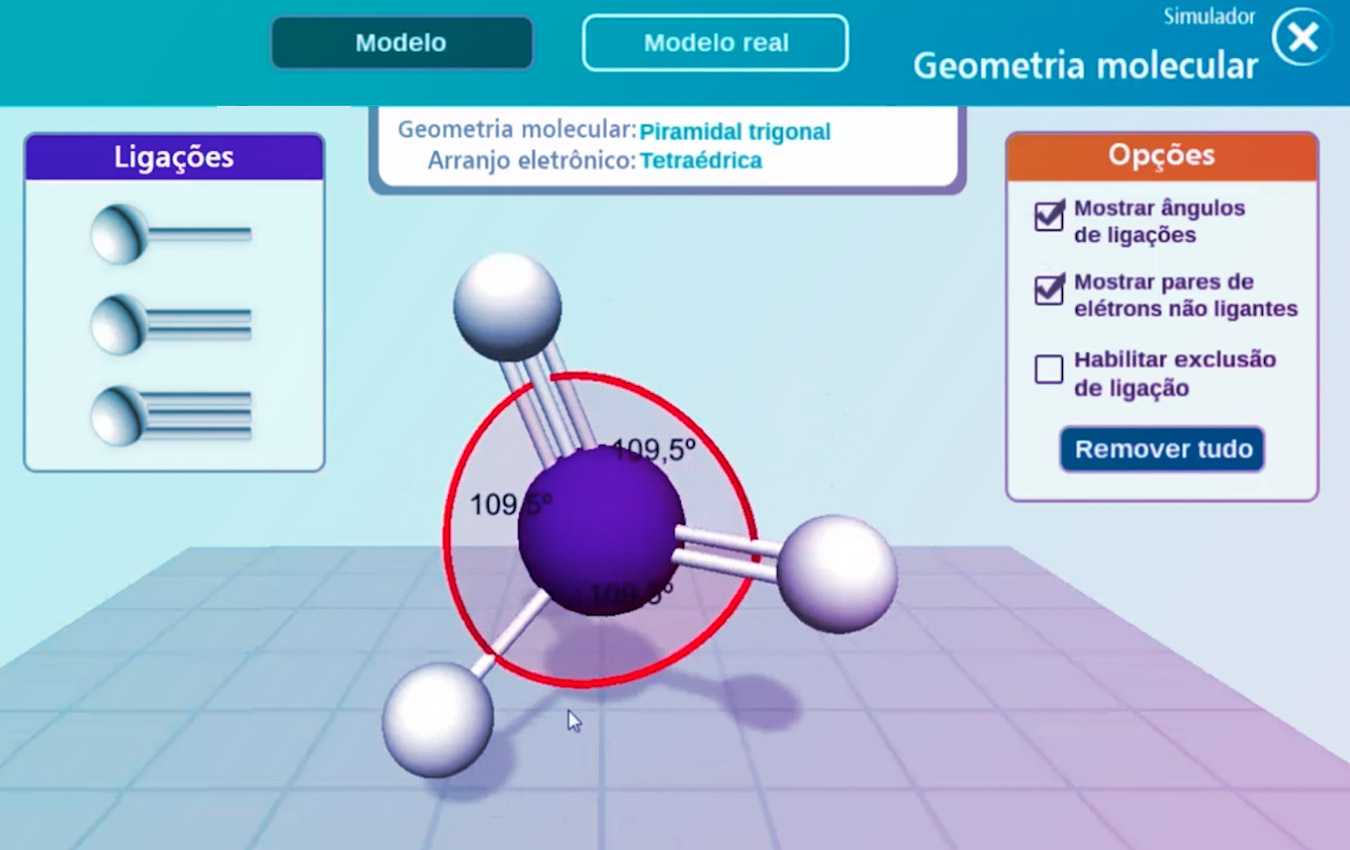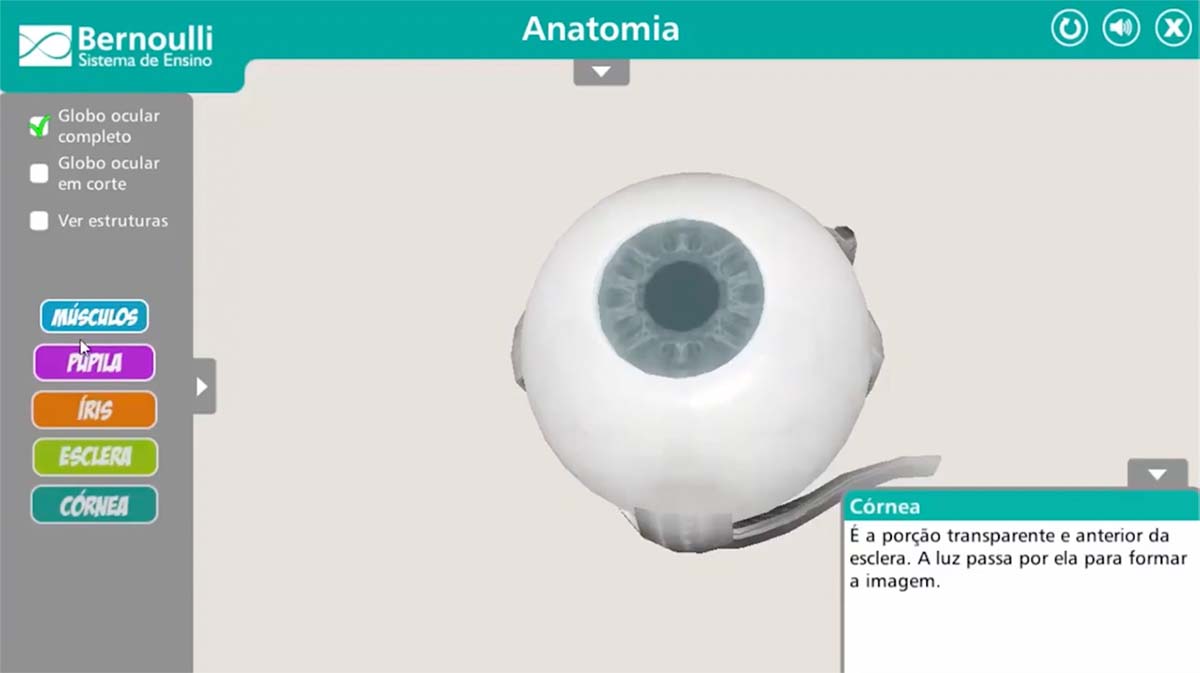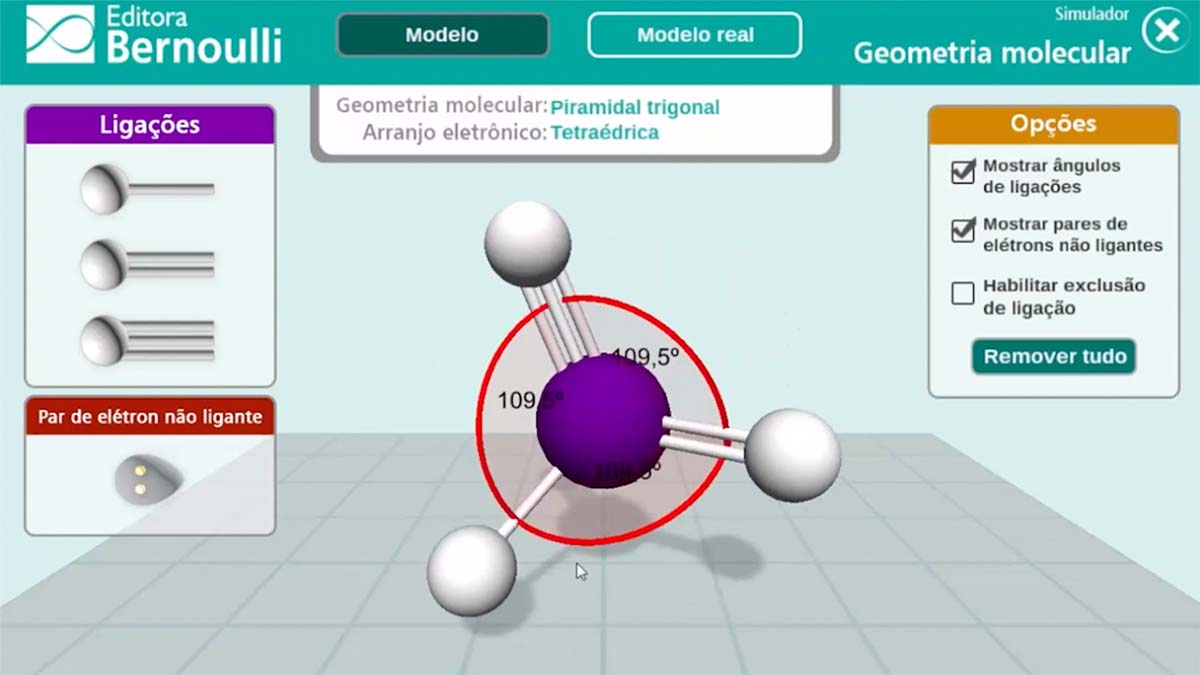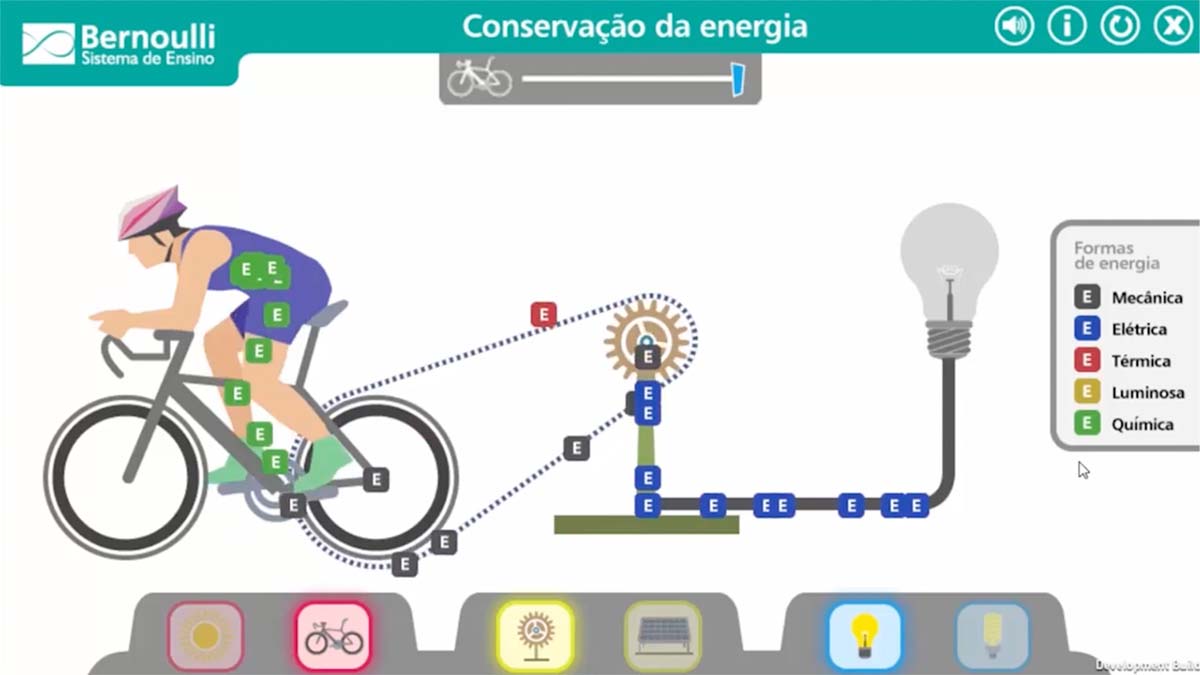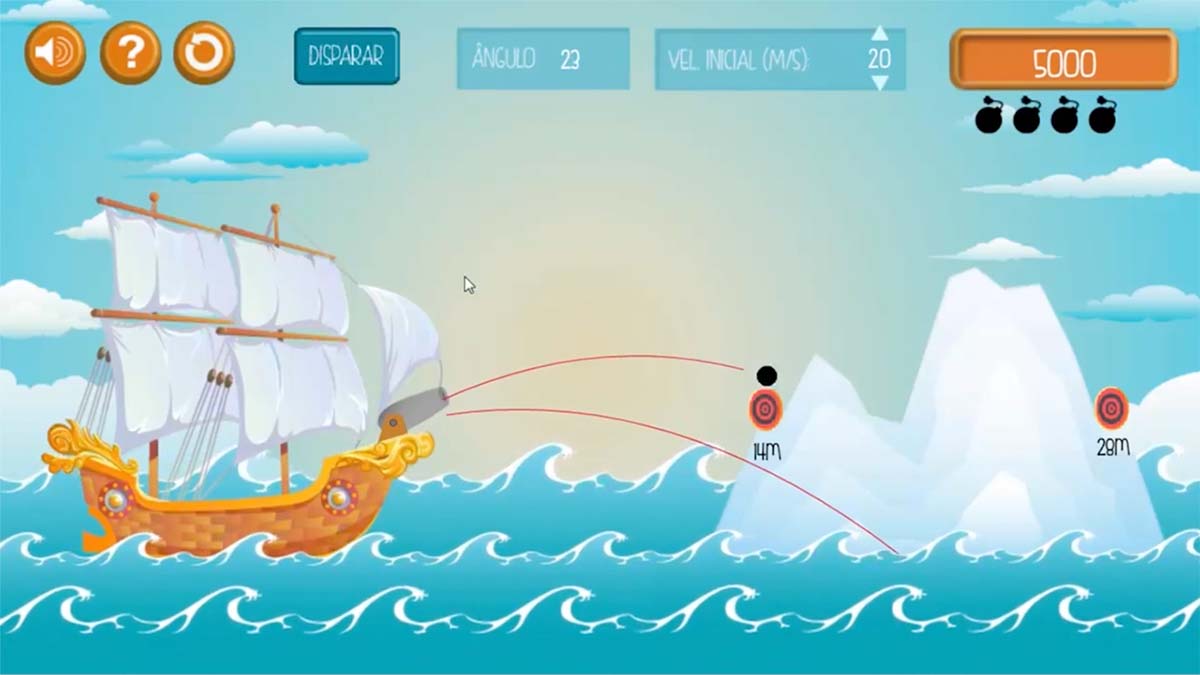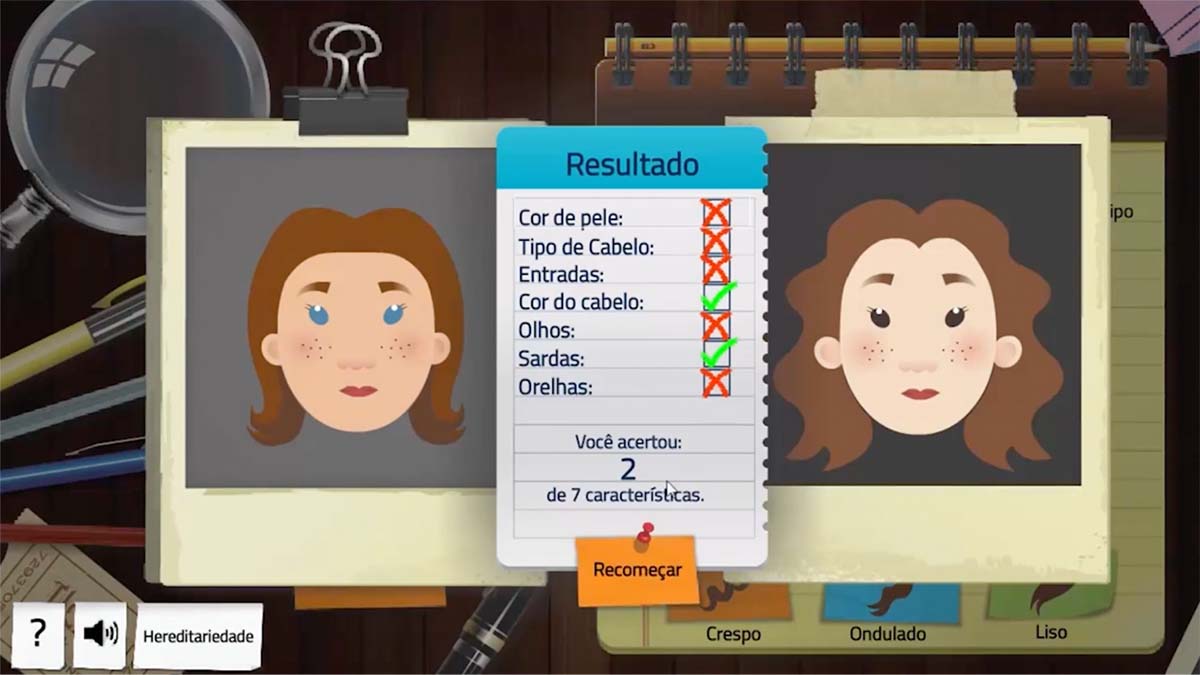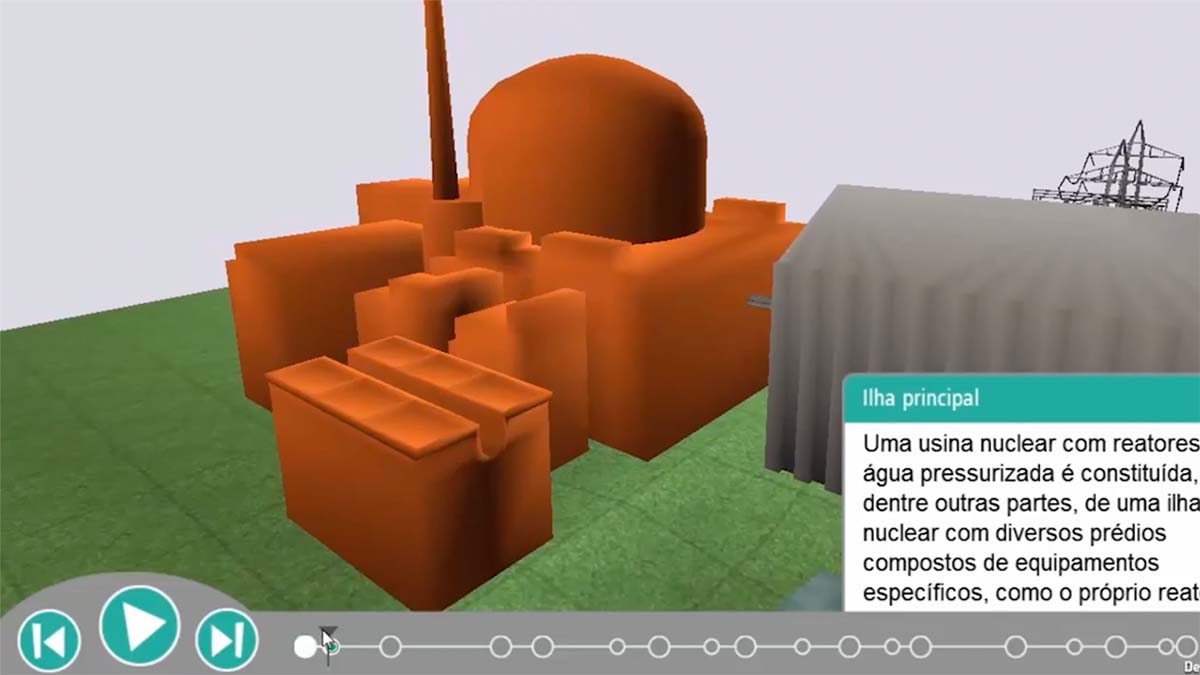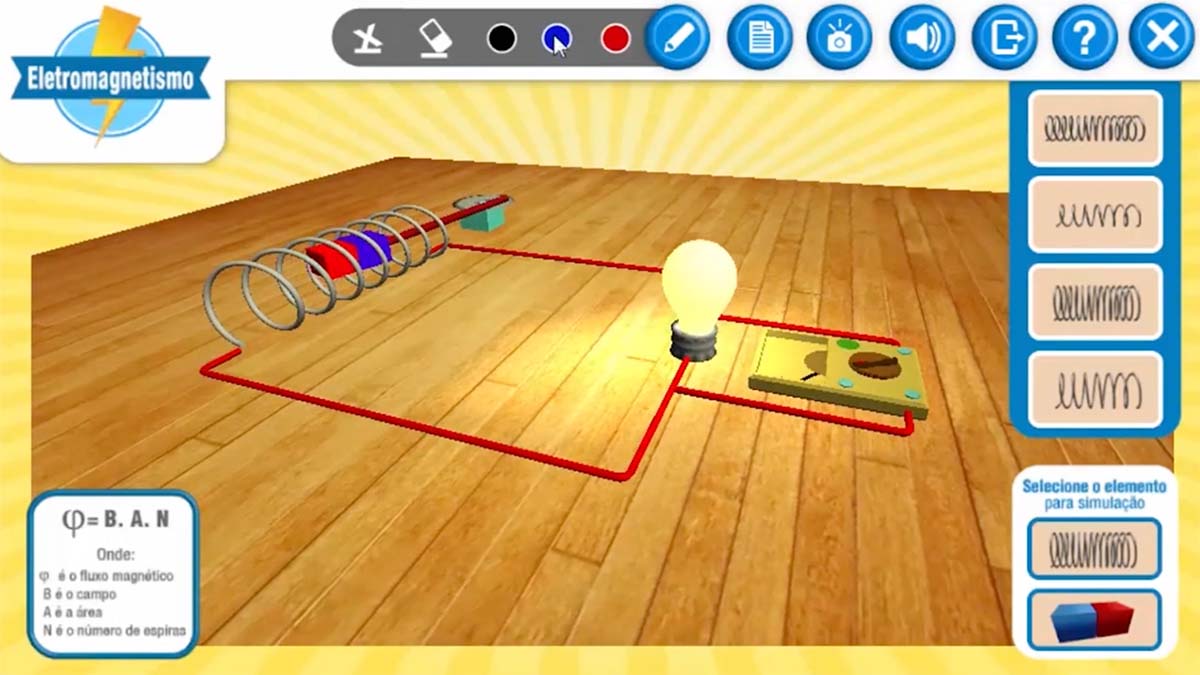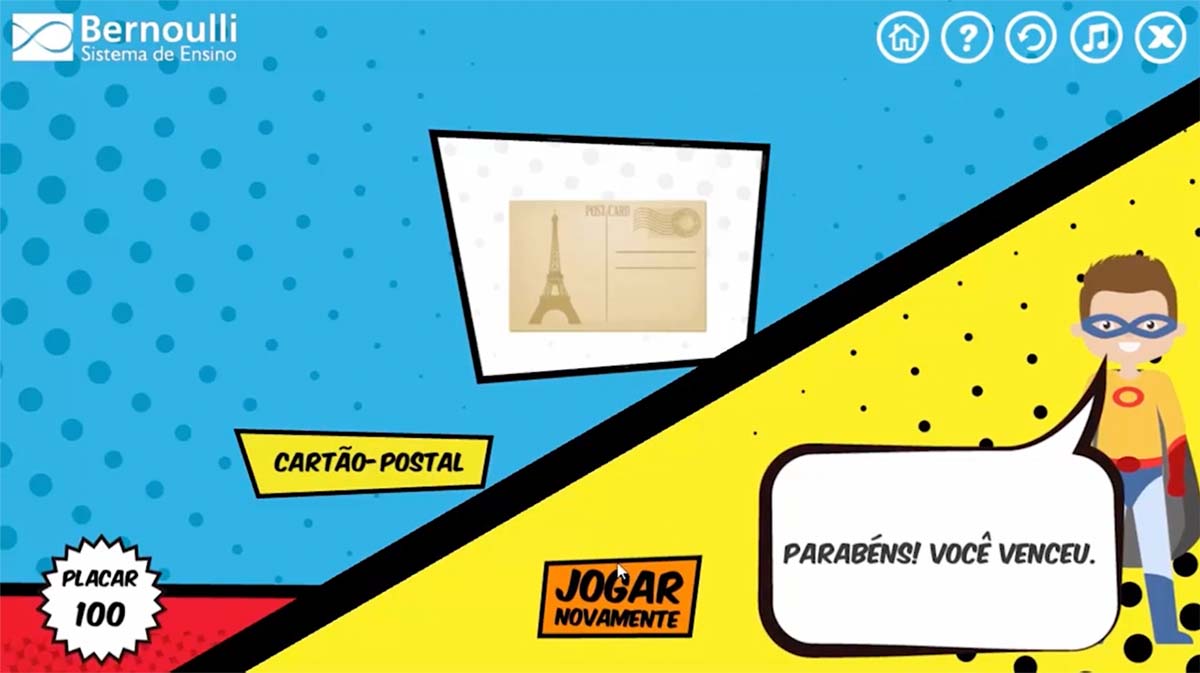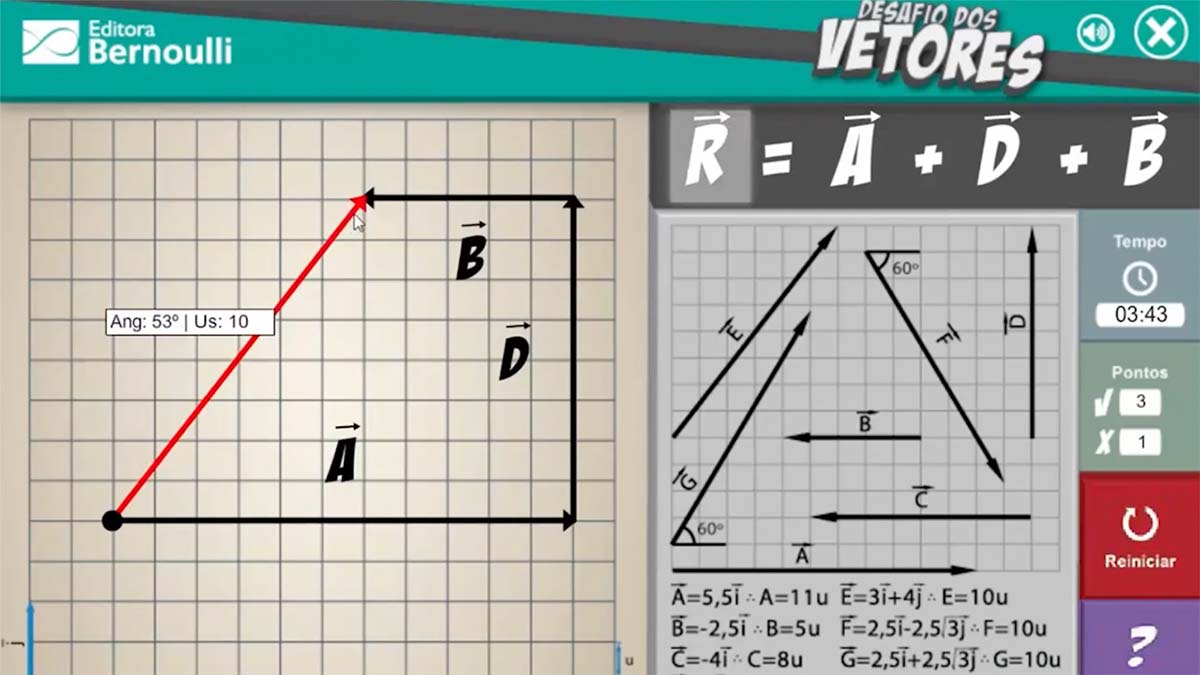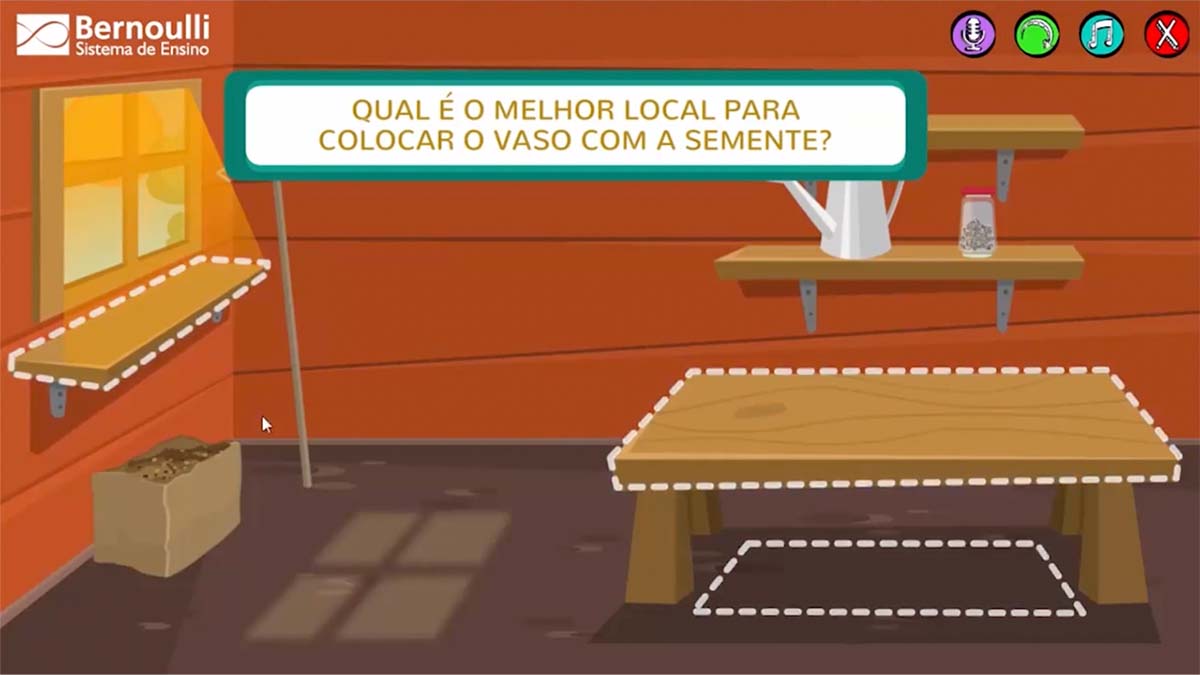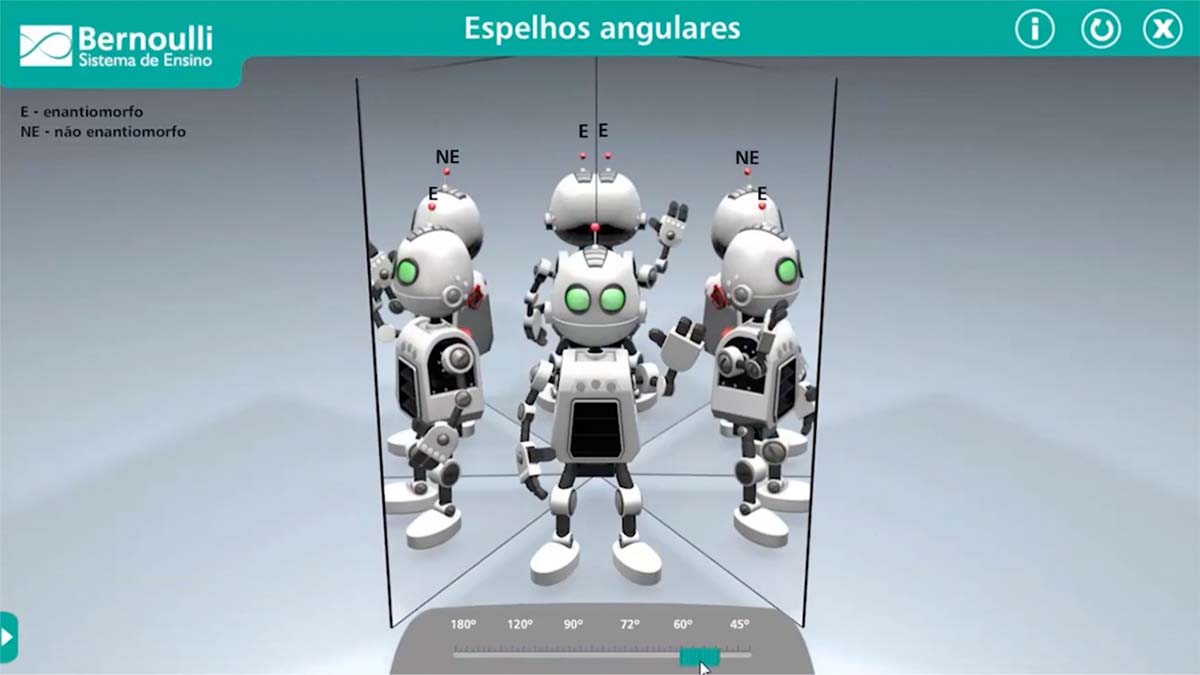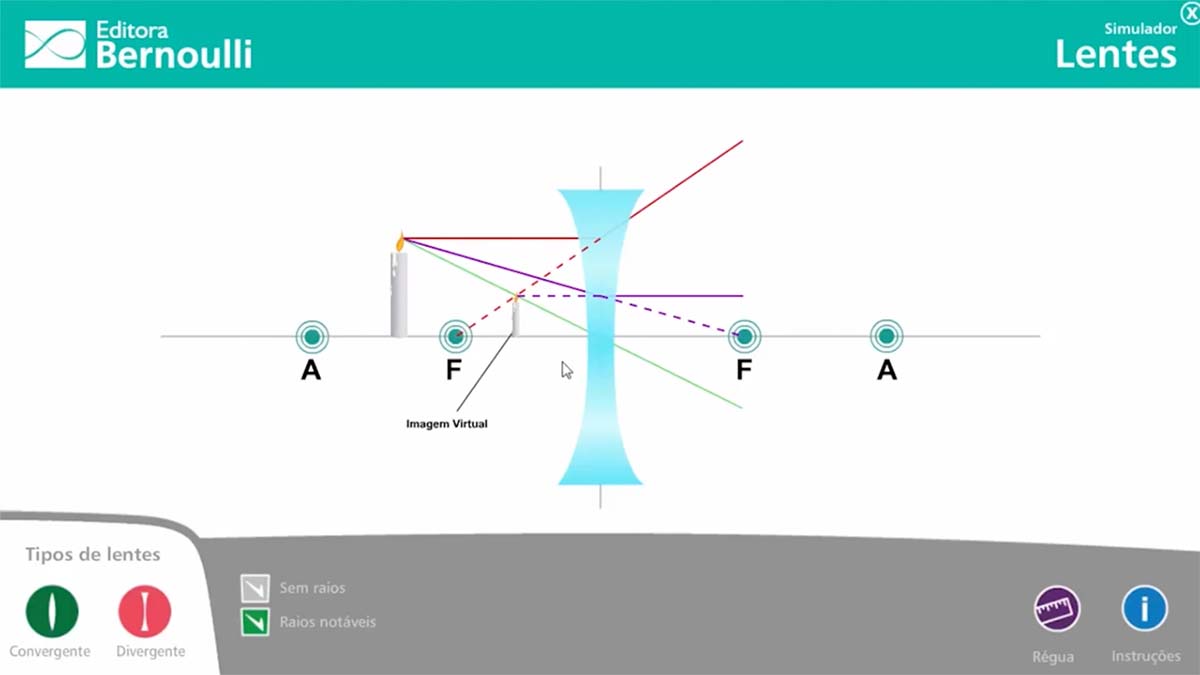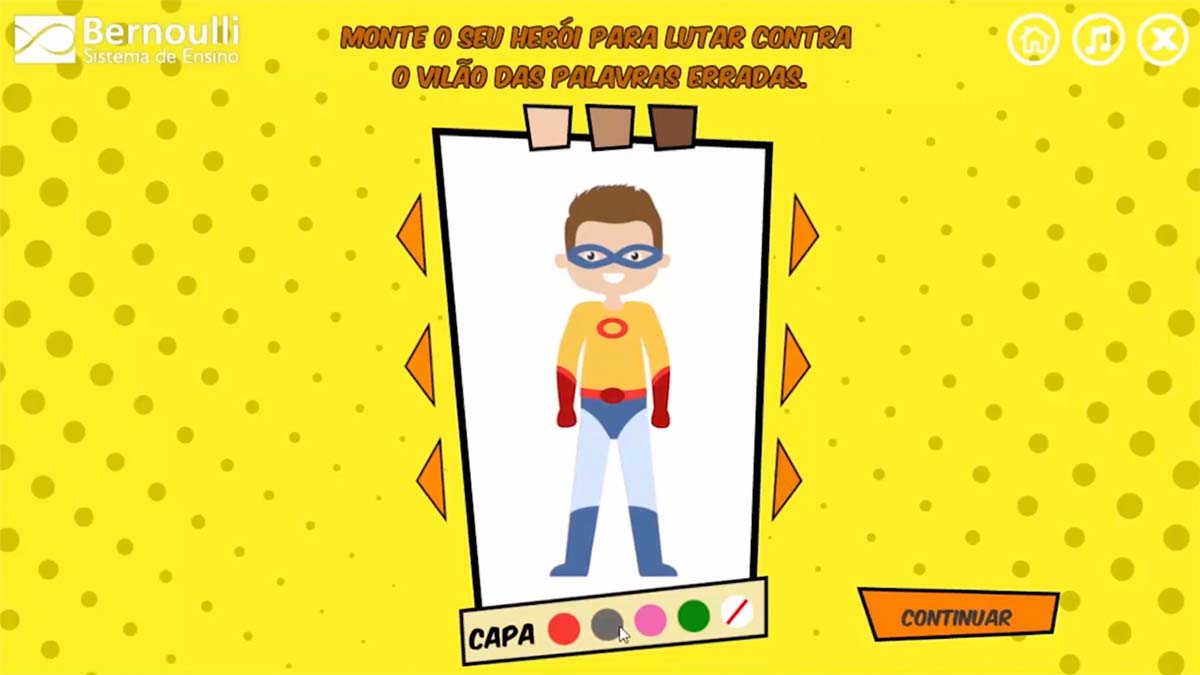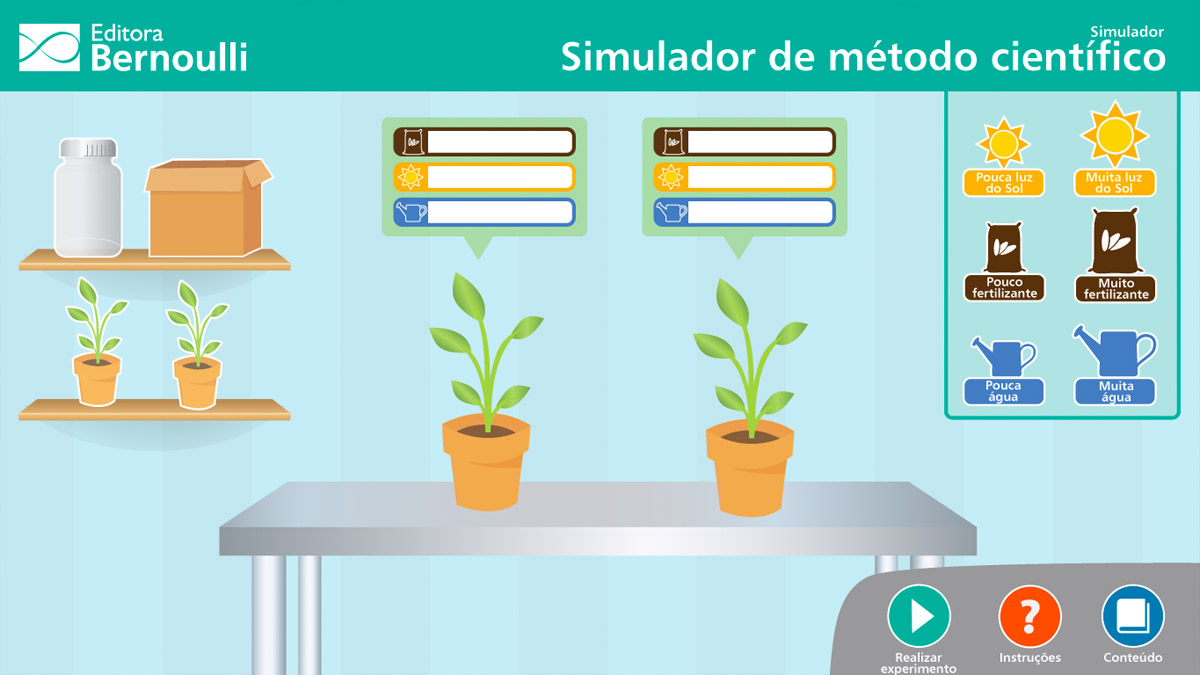EDUCATIONAL GAMES
Project description
December 2015
4 years continuous
Education
16 members
Coordination (all games)
Product Strategy (all games)
UX/UI Prototype (some games)
Game Design (some games)
Graphic Design (some games)
Programming (some games)
Testing (all games)
Blender 3D
Adobe Photoshop
Adobe Illustrator
Adobe After Effects
HTML / CSS / JS
Unity 3D / C#
Construct
One of my specialties in human-computer interaction is the development of interfaces for technological products in the education area. Today I have more than 250 games, simulators and interactive animations in my curriculum.
For 4 years I led as CEO/CTO of an educational technology company that developed games for educational networks in Brazil. For some partners, the company was the primary technology arm and acted directly in the creation of innovative projects and product strategies.
This page brings together a sample of the games developed during this period. The compilation brings together children’s and teenagers’ games.
Educational games always aim to teach content in a playful and fun way, usually with an average gameplay time of 5 to 10 minutes. The big challenge for the projects is that we had to deliver an average of 8 games per month.
To be able to meet the delivery volume, the first step of the project was to establish the types of possible interactions for the games. This way we could create a library of mechanics and templates that would make the process faster.
We established that games would derive from classic game mechanics such as Drag-and-Drop, Liga-Lea (Association), Memory, Puzzles, Point-and-Click, Visual Novels, and Progression Side-Scrollers.
With the games’ functioning established, we started to build graphic libraries and user interface components.
With each new game, the responsible team got together to understand the didactic content and think about the best interactions, metaphors, and analogies to tell the game’s story. This step was carried out alongside the school network to ensure that the didactic metrics they wanted to collect were achieved.
After this phase, the game prototype was developed, and tested by the internal team and the partner. Any bugs were fixed and the final version was built.
Problem:
Create fun games with short gameplay using classic game mechanics.
Goals:
- Create libraries of classic game mechanics and graphic templates for reuse;
- Rapid prototyping;
- Fulfill a pedagogical objective of transmitting content;
- Be fun;
For 4 years producing games for education systems in Brazil, I worked in project management, game design, UX/UI, and testing of several products. I have advanced knowledge in managing teams with agile methodologies (SCRUM and Kanban).
The following video demonstrates a complex board with teams of more than 15 people involved in building games.
